In her newest book, The Secret Lives of Color, author Kassia St. Clair reveals the hidden histories of 75 colors that shaped everything from art and fashion to medicine, politics, commerce, and religion.
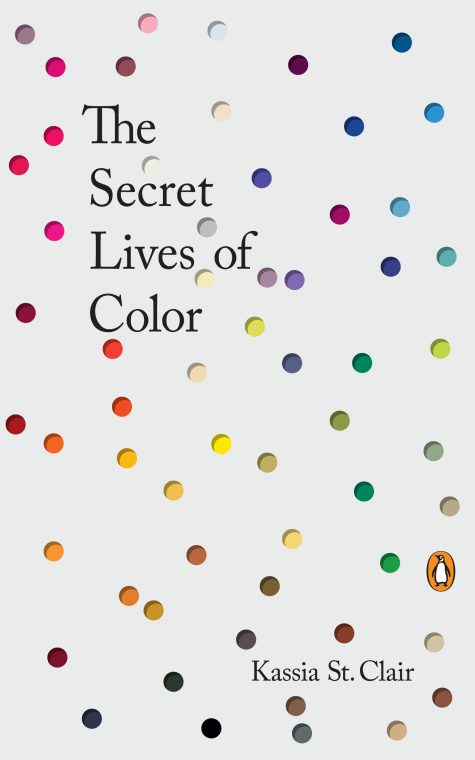
This Friday at 7:00 p.m., the author will join us for a Late Night talk about her book, where she will discuss what inspired it, how she conducted her research, and a few favorite hues—from the ultra-pricey ultramarine to the morbid mummy brown. Here’s a sneak peek.
What inspired you to write The Secret Lives of Color?
Several things honestly. It definitely helped that my mother was a florist, so growing up I was always seeing colors being put together creatively and was encouraged to do likewise. Academically, I became interested in color when I studied at university. I wrote my dissertations on 18th-century fashion, which involved a lot of research into the shades that were fashionable at the time: it fascinated me that they had changed so much. Some of the combinations they loved back then would make your eyes water today! I also loved researching the names or trying to figure out what a once-fashionable tone might have looked like, since often only written descriptions would survive.
How did you decide which colors made the cut? Is there one that you would have liked to include but didn’t?
When I pitched the book, I had a whole list of shades, dyes, and pigments that would go into each chapter, and although many of those did make it into the final book, many others did not and many more were added. The trick was to get exactly the right combination of story and variety. It would have been boring to have five yellows one after the other that all dated from a similar period and were used in near-identical ways. This is something that you very quickly discover when writing but which might not be obvious in the planning stage! There are certainly colors that it would have been wonderful to include full entries for, and many of these I was able to put into the glossary at the back.
In your opinion, what is the most underrated color and why?
I think black is a hugely underrated color. For a start it’s an absolutely vast category: we’re used to giving lots of different names to various whites—cream, ivory, beige, canvas, and so on—but with black it all gets collapsed in together, with very little regard for how different two shades might be from one another. I loved discovering in the course of writing this chapter that there were once two words for black: one for the glossy, luxurious kinds and another for the matte, light-sucking variety. And then again, black is often thought of as scary, unimaginative, or negative, when in fact shade and darkness can be restful, soothing, and cool.
Did the research for this book take you down any unexpected rabbit holes?
Yes, many! (See my answer above for just one example). But that’s why I love studying and writing about color; it’s never boring and you can’t help but be dragged in myriad directions. I also love how people initially think it’s a shallow, niche topic, but then the moment they start discussing it they soon realize just how vast and deep it truly is. Everyone has an opinion or a story or a fact that they want to share; it’s inclusive and I love hearing from people about the colors I’ve missed or anecdotes about festivals, customs, songs, and fashions that I might not know about.
What was one section you really enjoyed writing and why?
I love a challenge, so writing the introduction, although I always find it the hardest bit, is probably also the most rewarding. The introduction has to set the tone. It also has to cover a lot of ground and make sure everyone is carried along. Yes, you might be explaining some tricky physics (I speak as someone who gave up the sciences relatively early to concentrate on the arts), but that is no excuse for not making sure both that you understand it and that you’re making it interesting and palatable for your reader. When you’re writing, it’s my belief that you should treat your reader like an honored guest: it’s not good manners to bore on about something you enjoy but they might not. I try to be as inclusive and entertaining as possible.
If you had a signature color of nail polish what would you name it?
Because I’m going through a green phase and because it’s currently incredibly hot and parched in London so that everything is turning brown and crisp, maybe a really refreshing, cooling green-blue—something that’s a little mid-century but has just a hint of sheen: “Verdant Lagoon.”
Join us this Friday for Late Nights at the Dallas Museum of Art to hear more from Kassia St. Clair.
Jessie Carrillo is Manager of Adult Programs at the DMA.

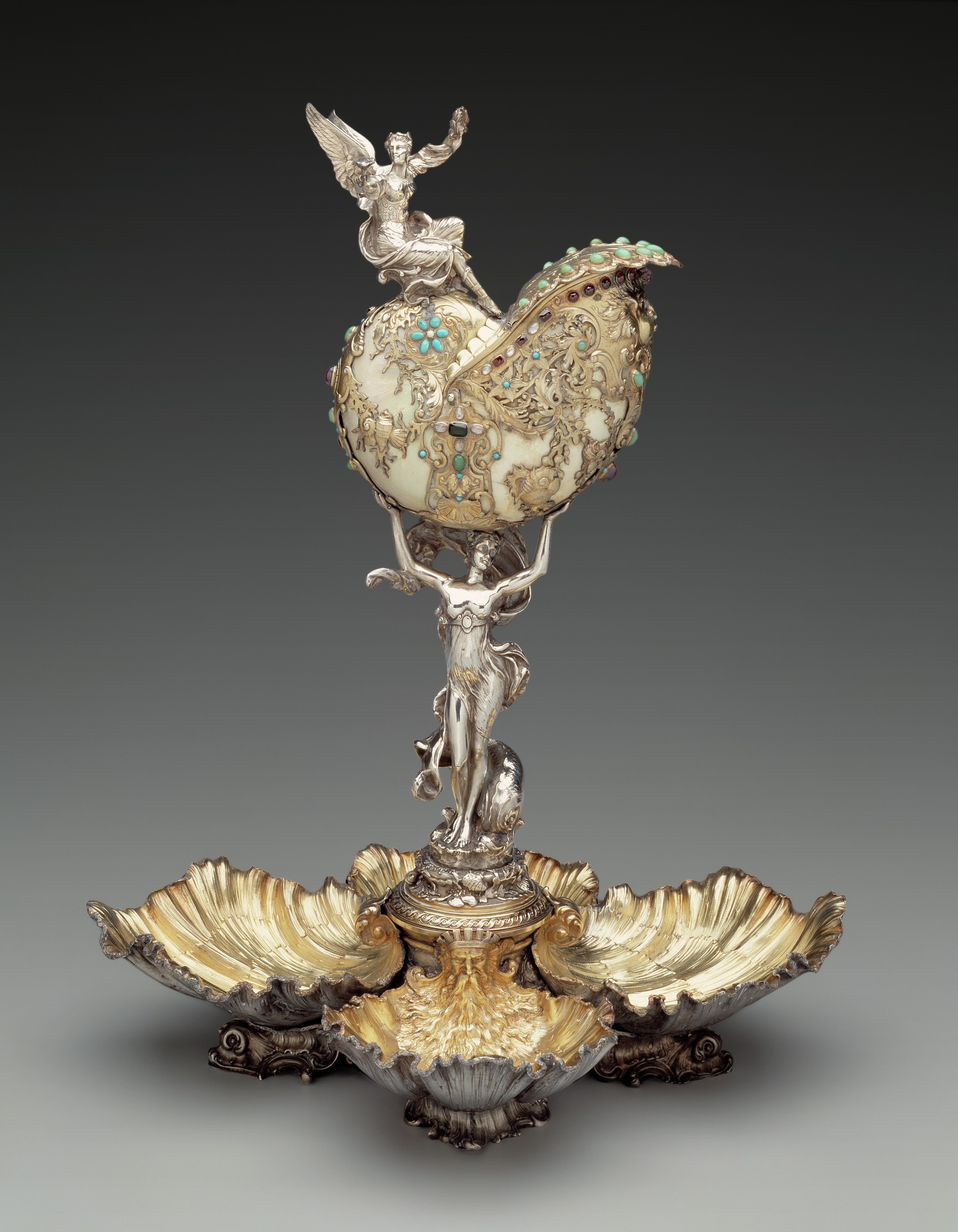
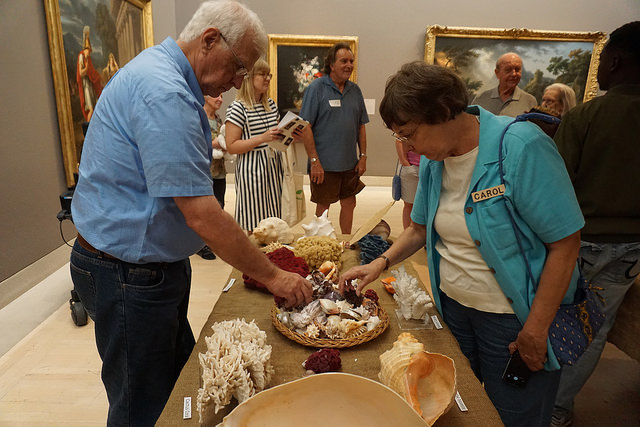
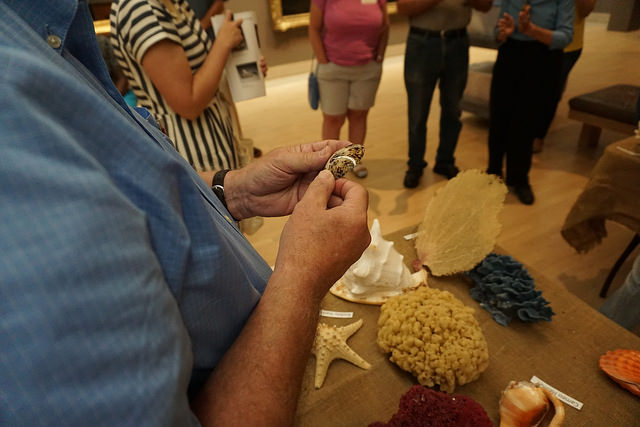

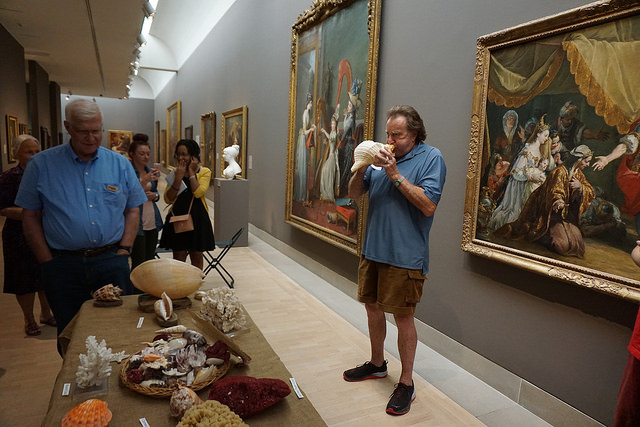



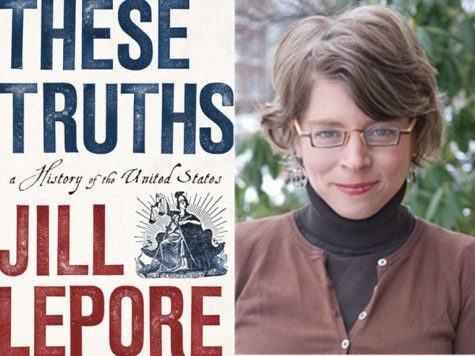
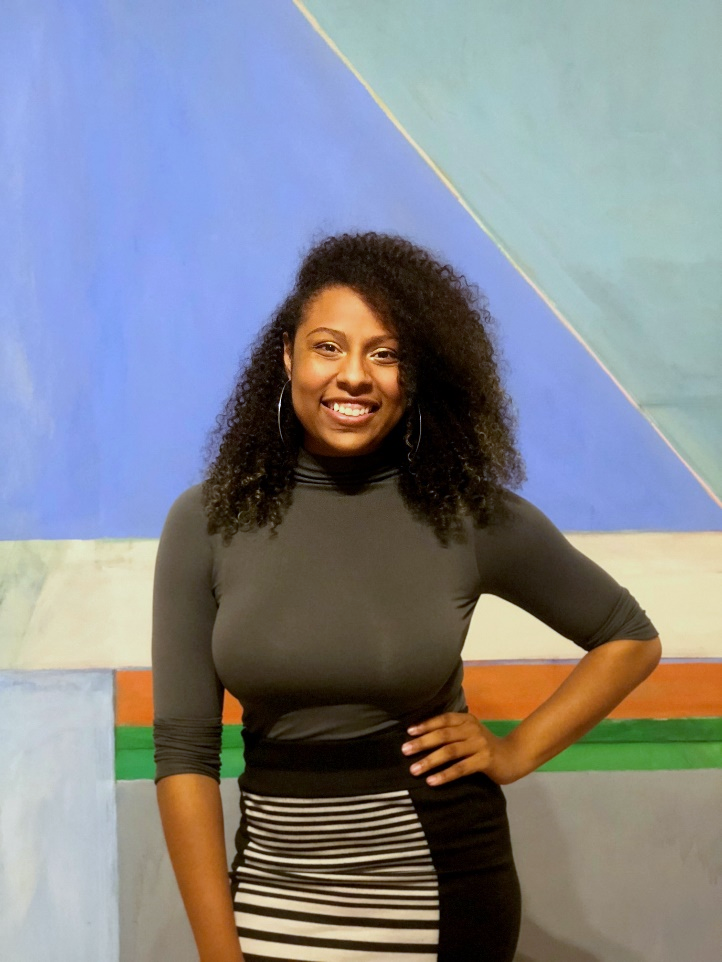
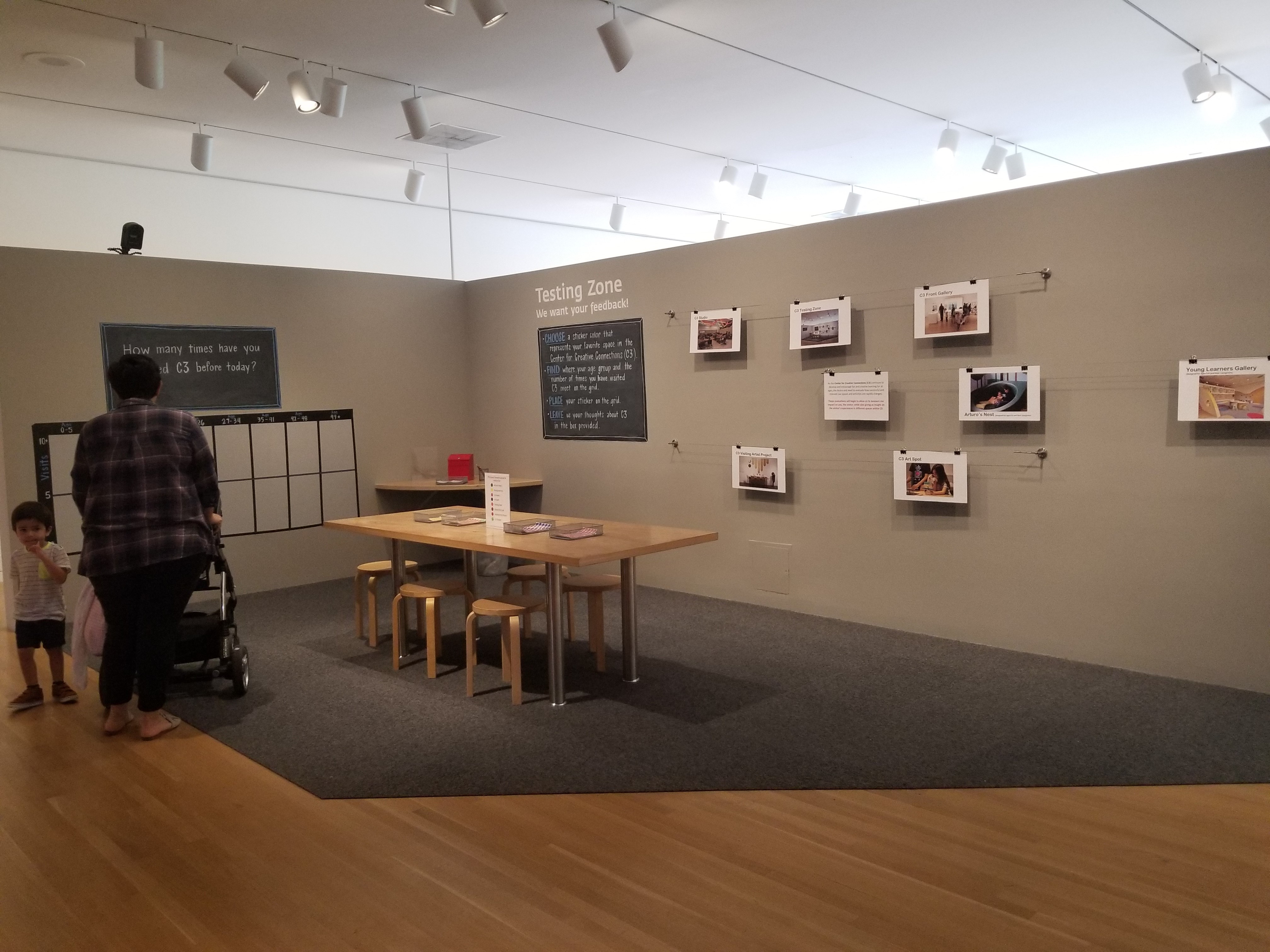

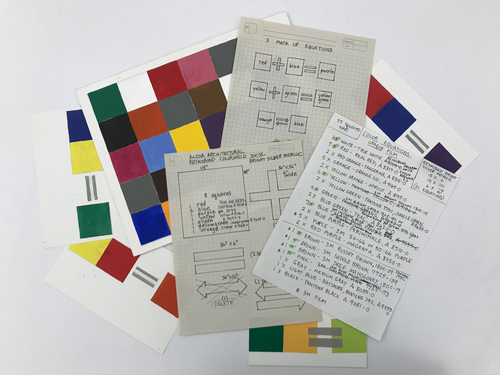



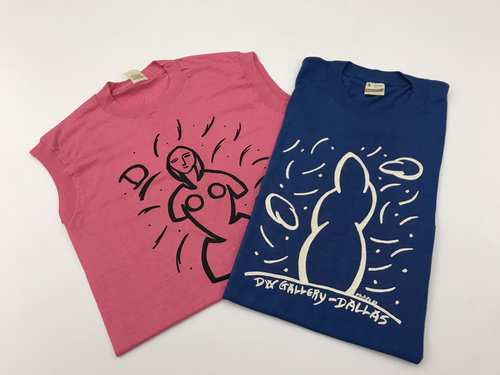
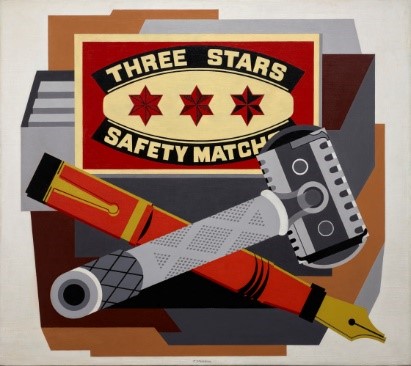
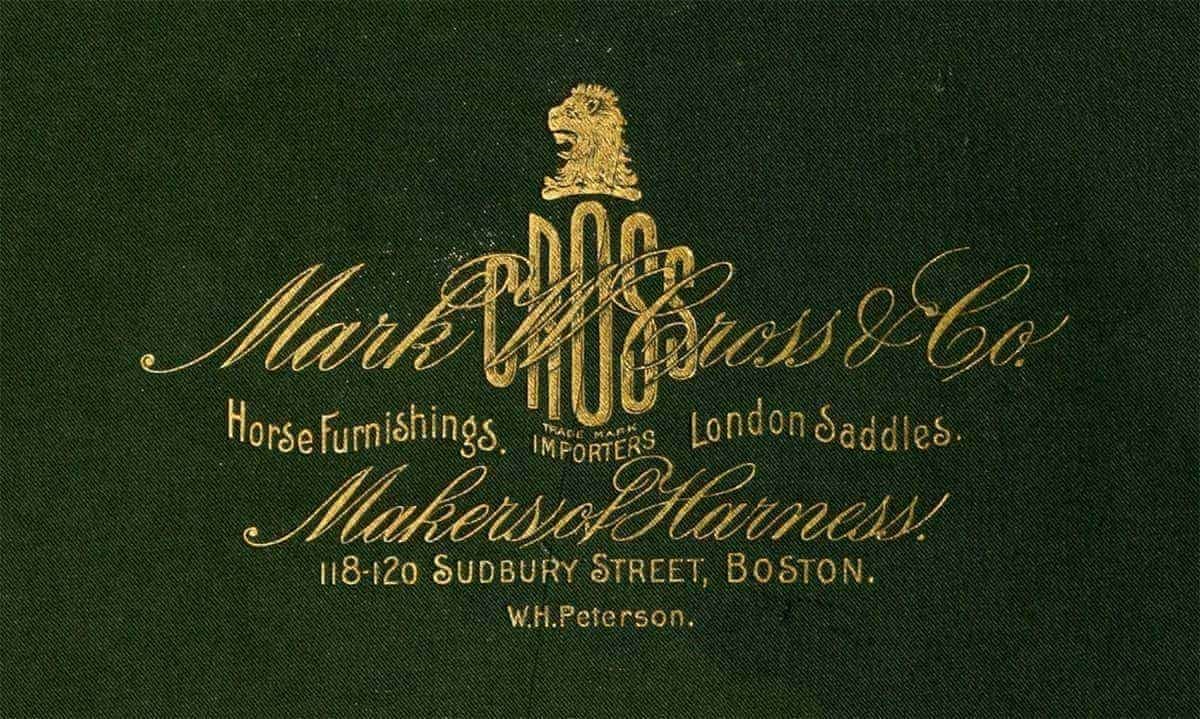
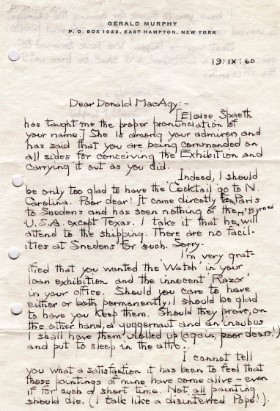

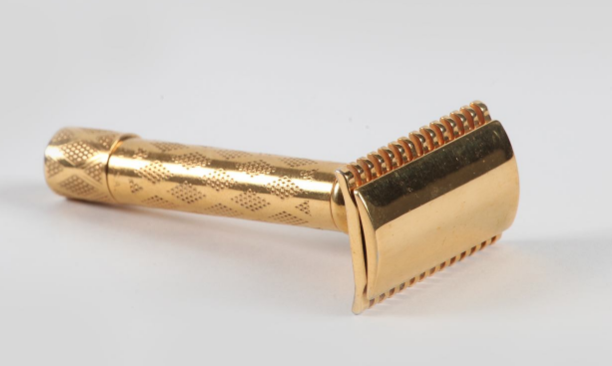
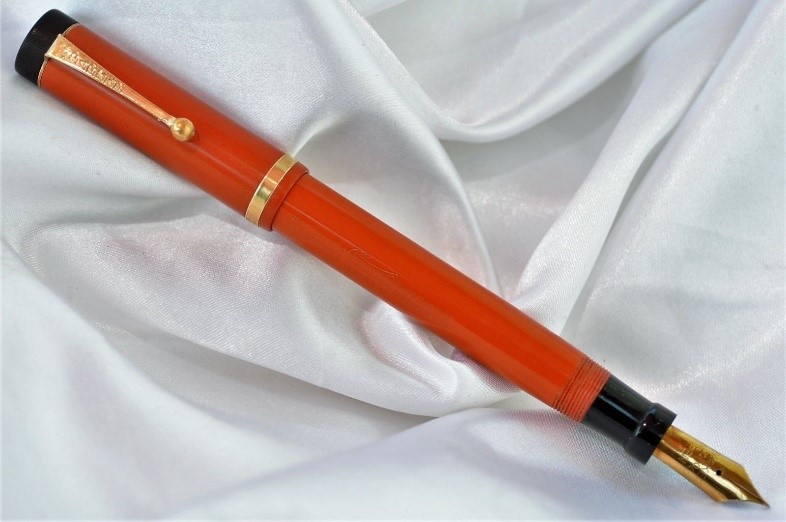
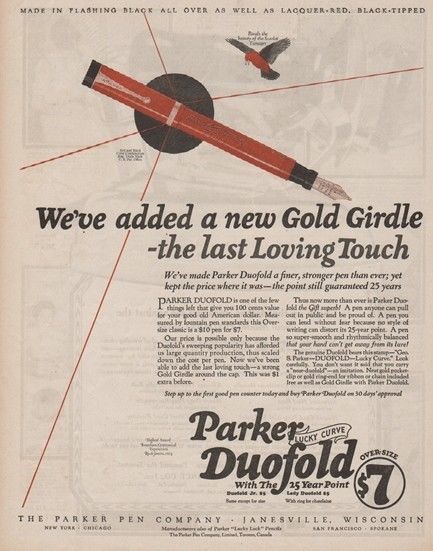
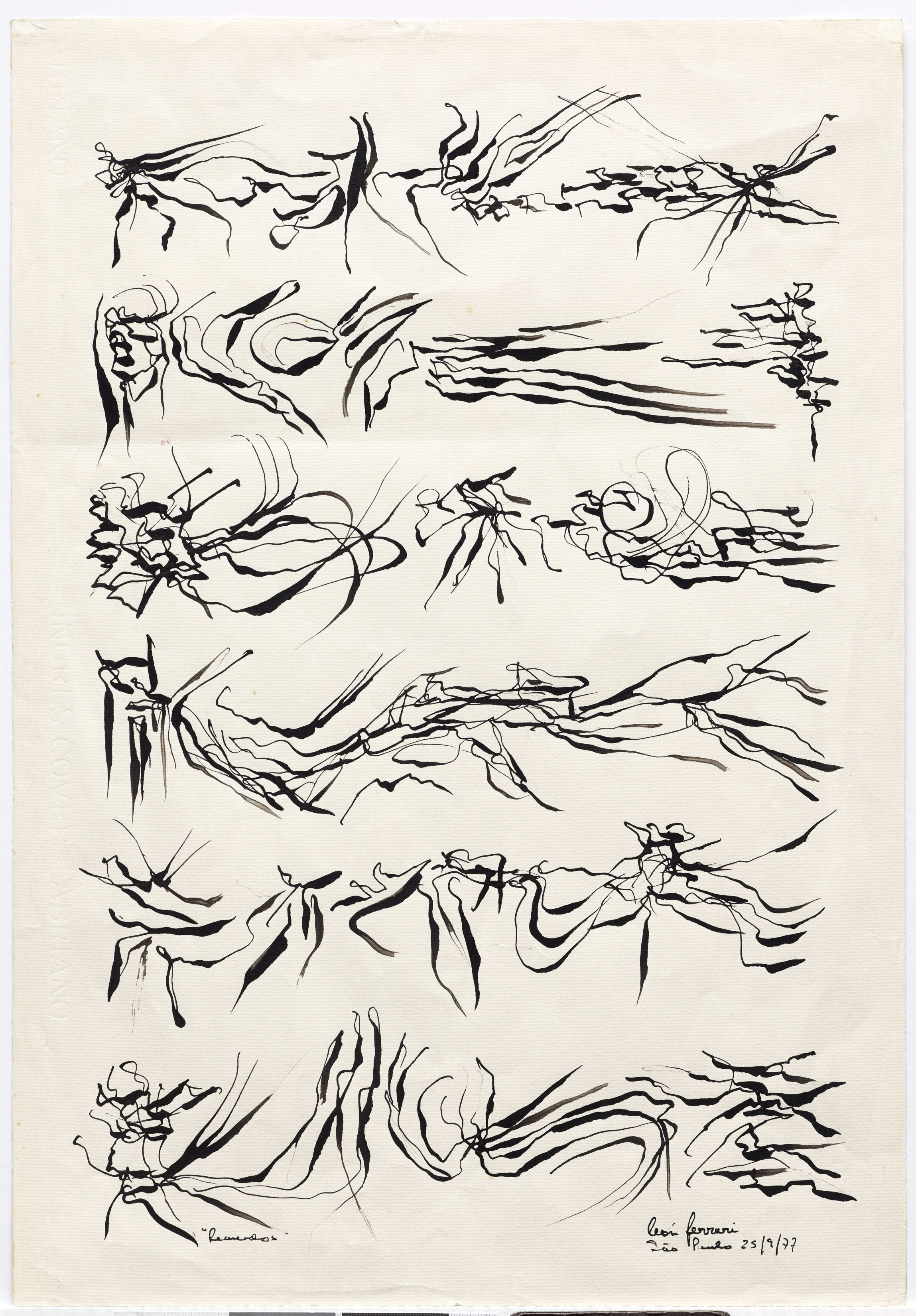
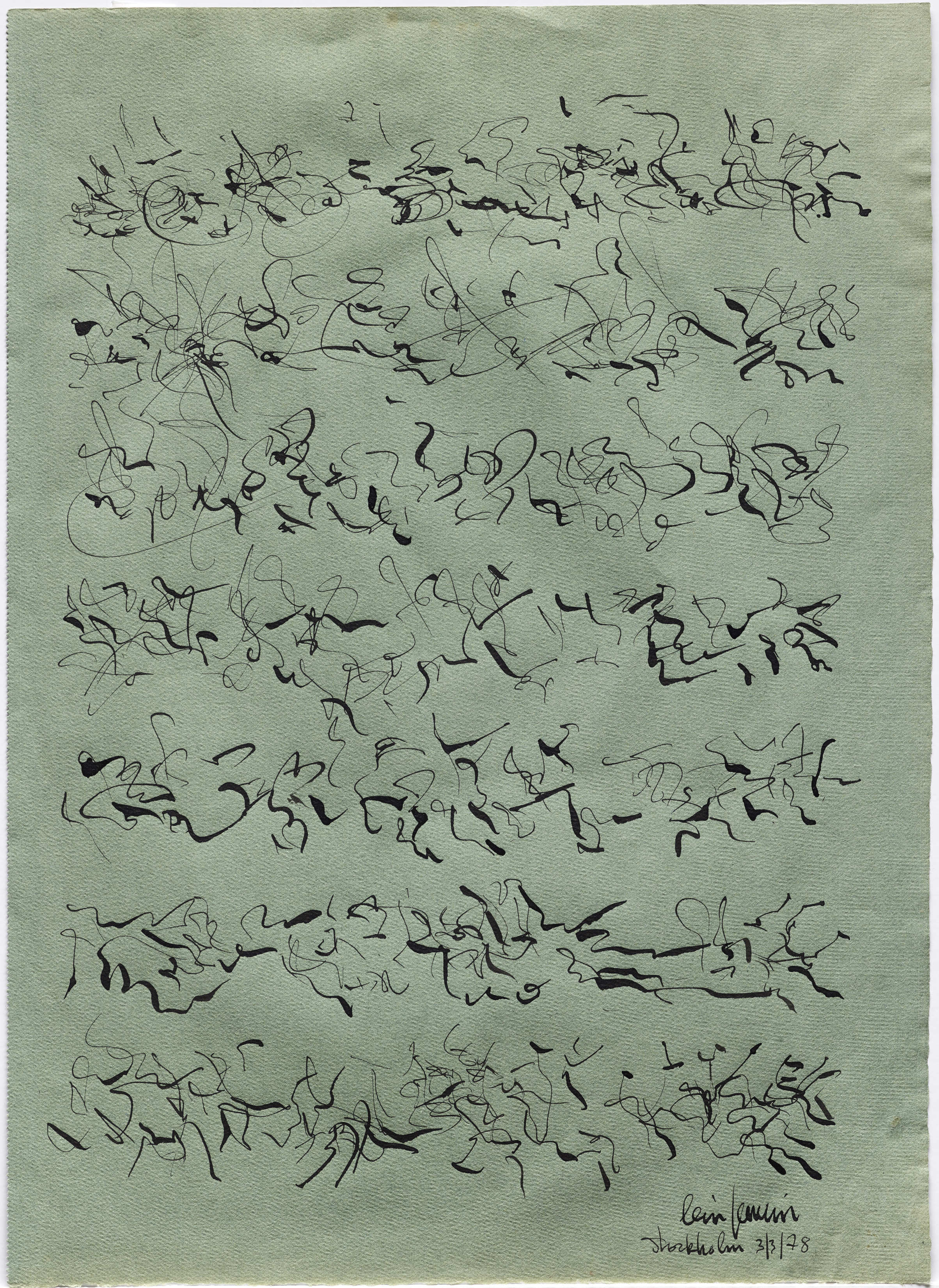

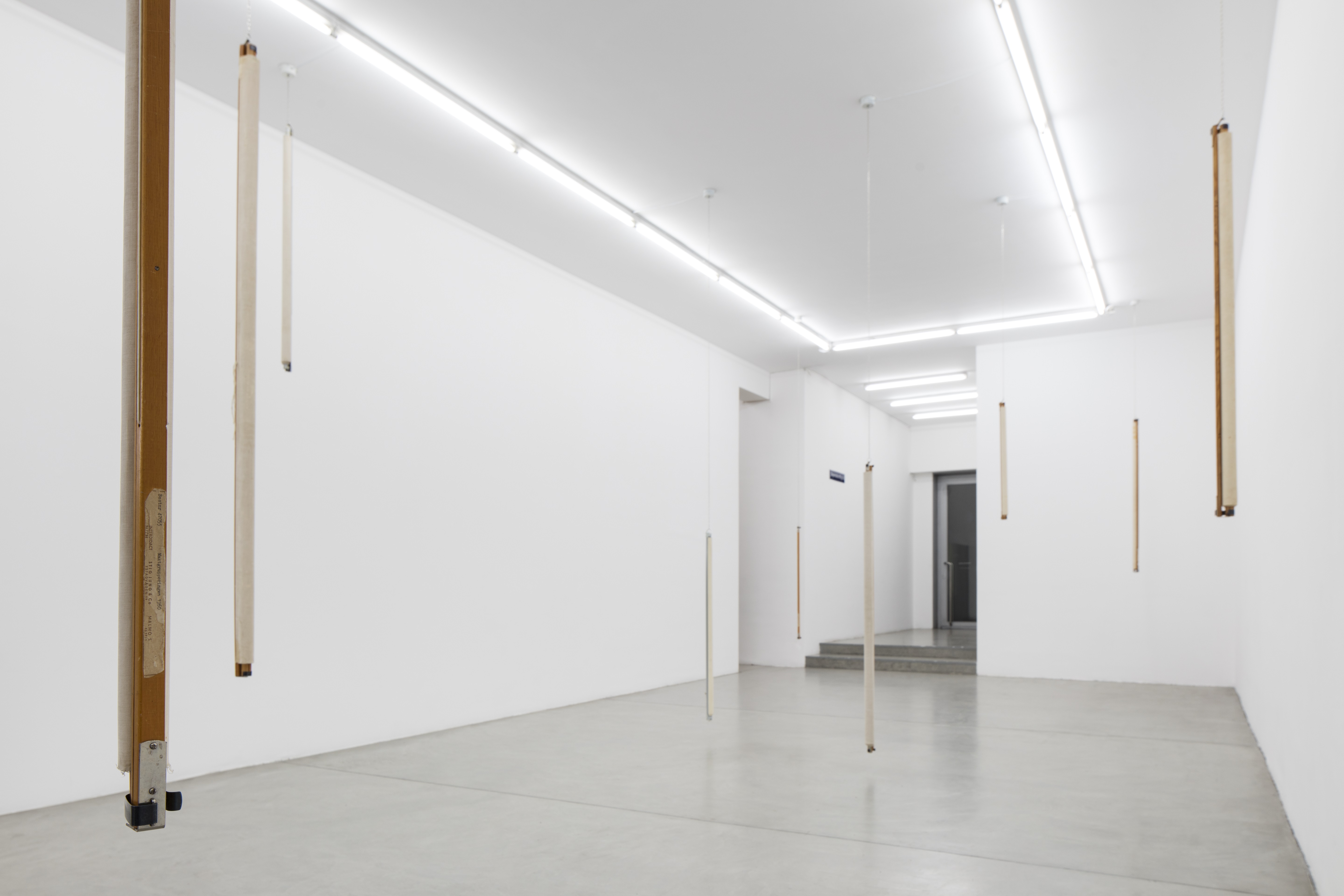

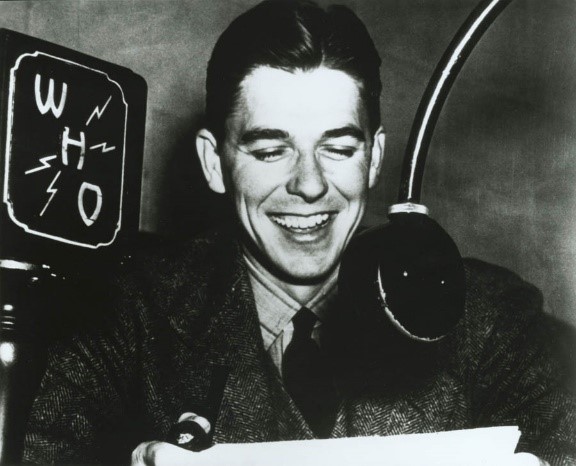

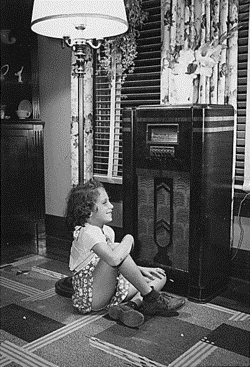
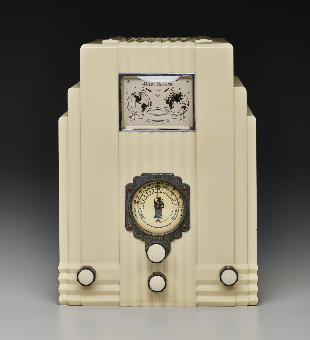
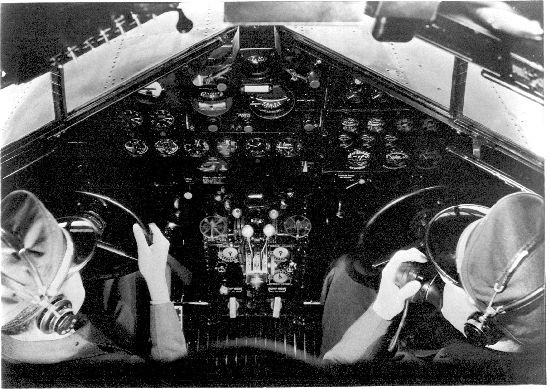
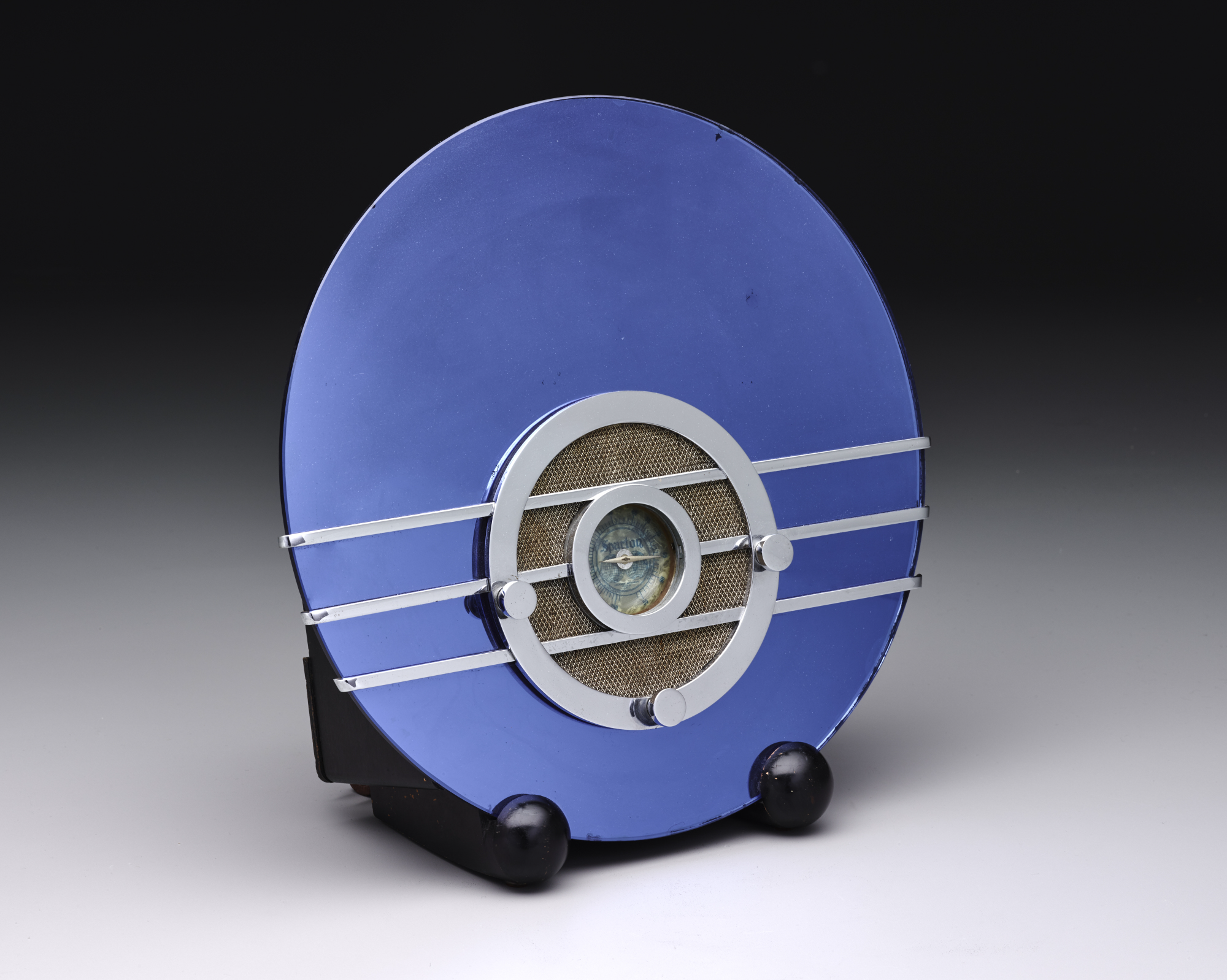


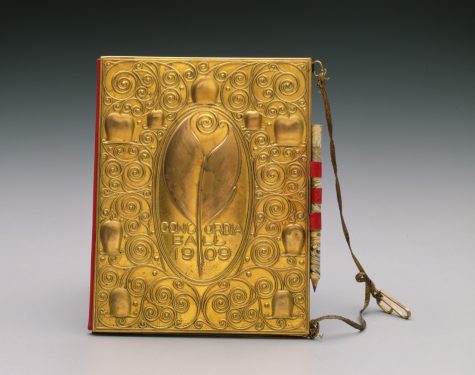
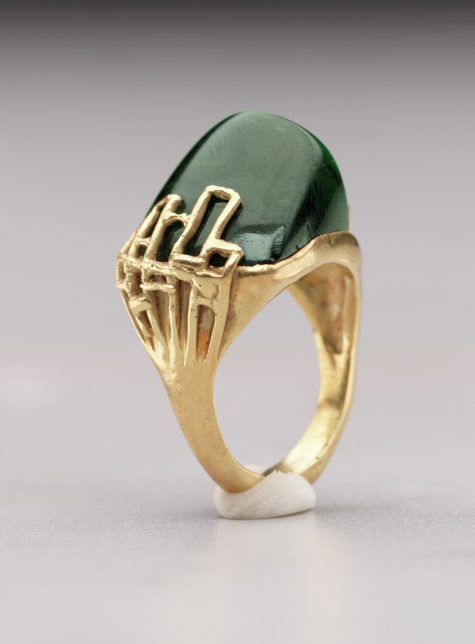
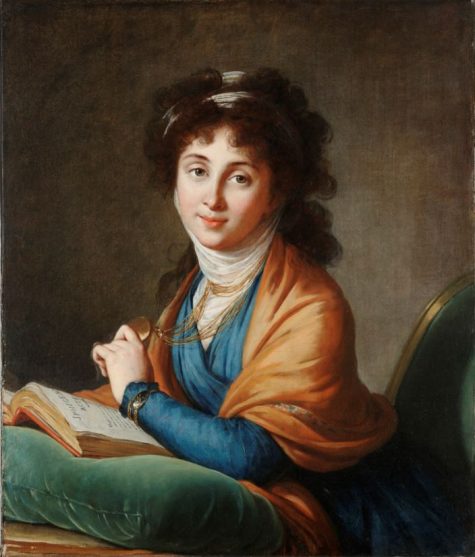
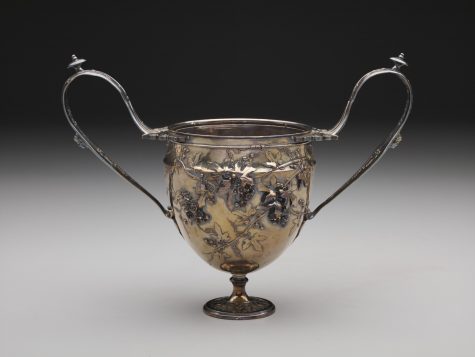
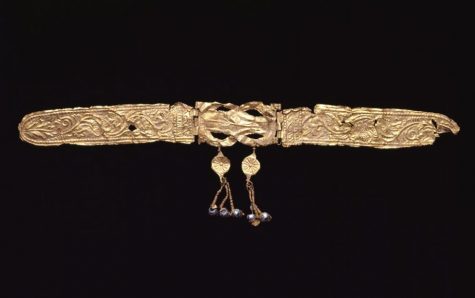
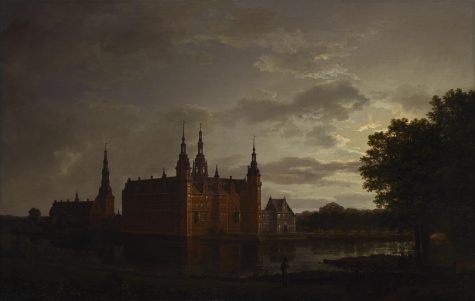
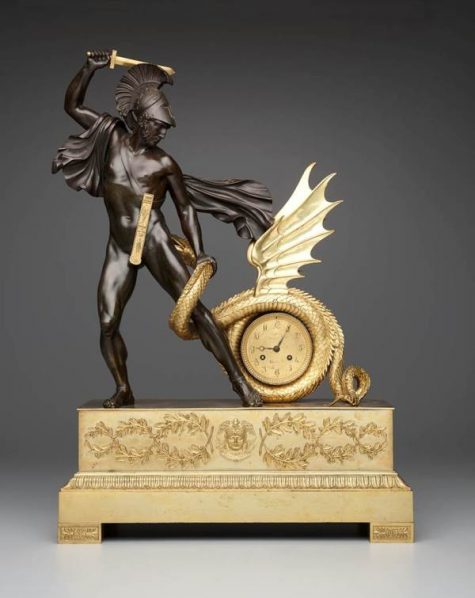
 “Laura Owens is an amazing artist; prior to my venture I hadn’t heard of her. But now, I am a fan.” –
“Laura Owens is an amazing artist; prior to my venture I hadn’t heard of her. But now, I am a fan.” –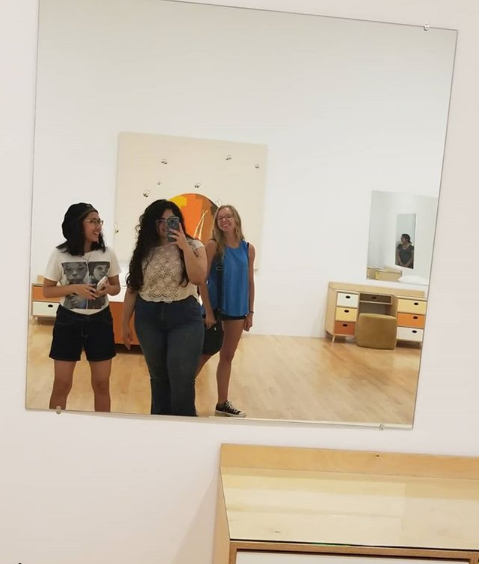
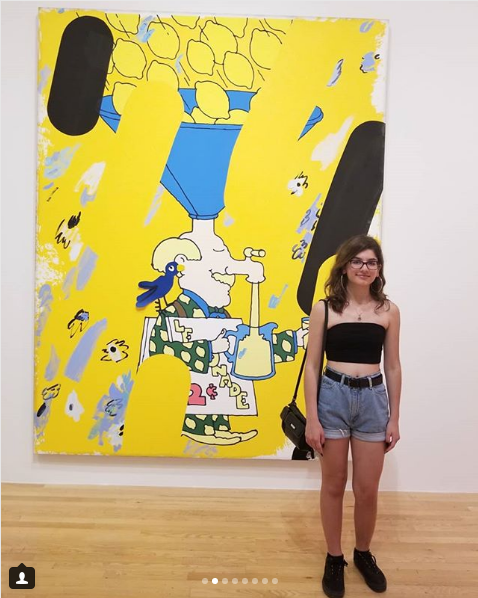
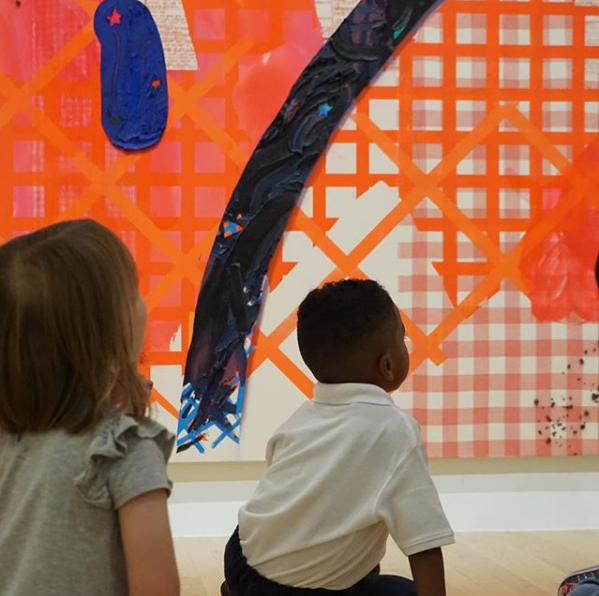 “Her work is LOUD, quirky, silly, dimensional, full of layers!” –
“Her work is LOUD, quirky, silly, dimensional, full of layers!” –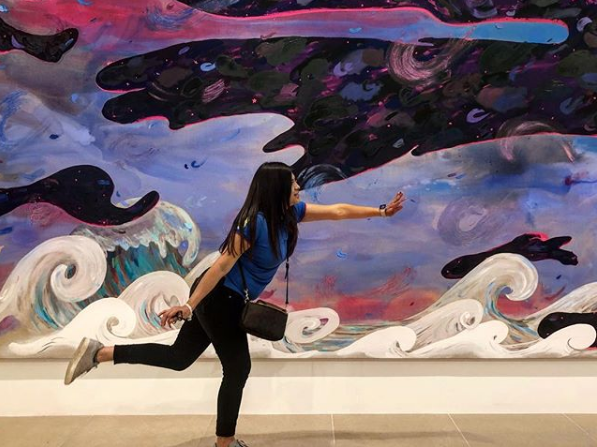 “Exhibición de Laura Owens está llena de color y amor” –
“Exhibición de Laura Owens está llena de color y amor” –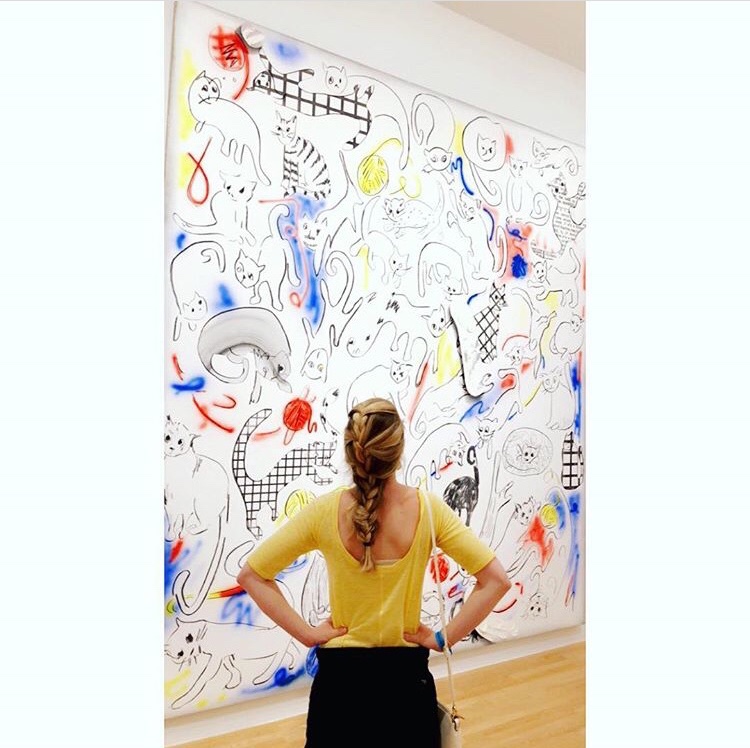 “This painting really cat-ures my spirit.” –
“This painting really cat-ures my spirit.” –